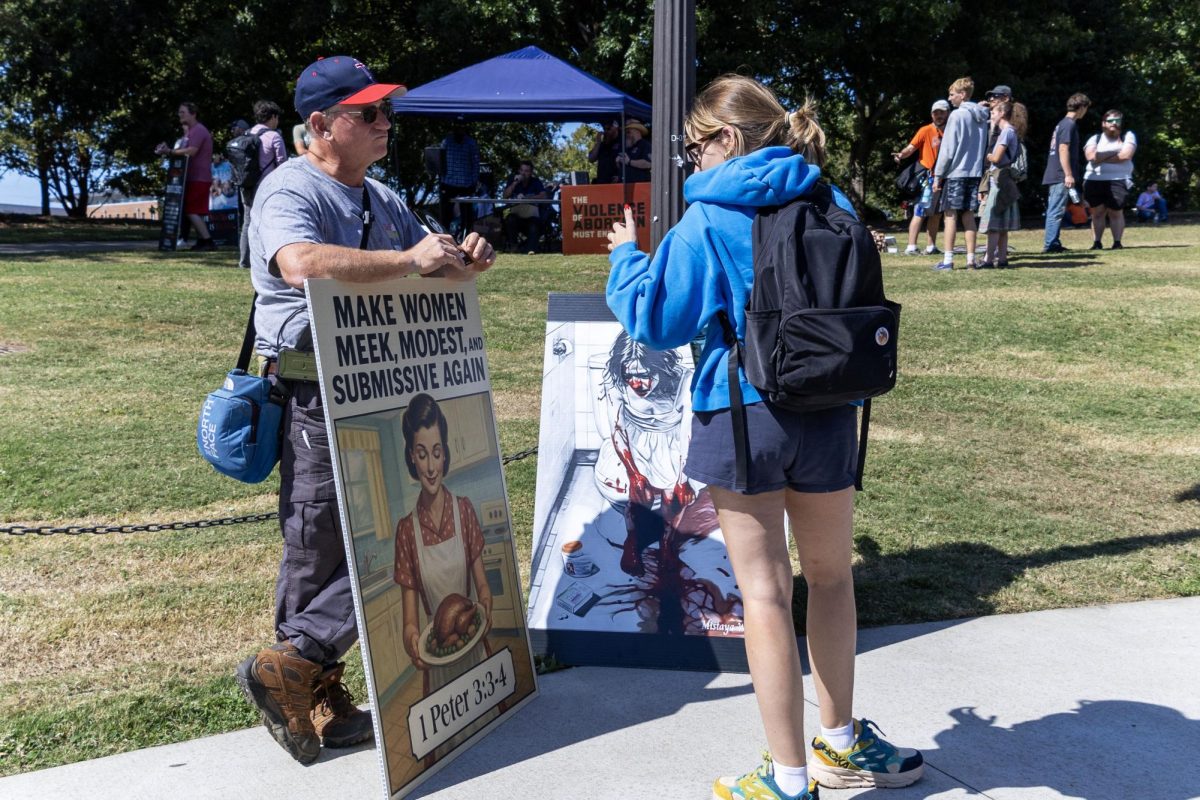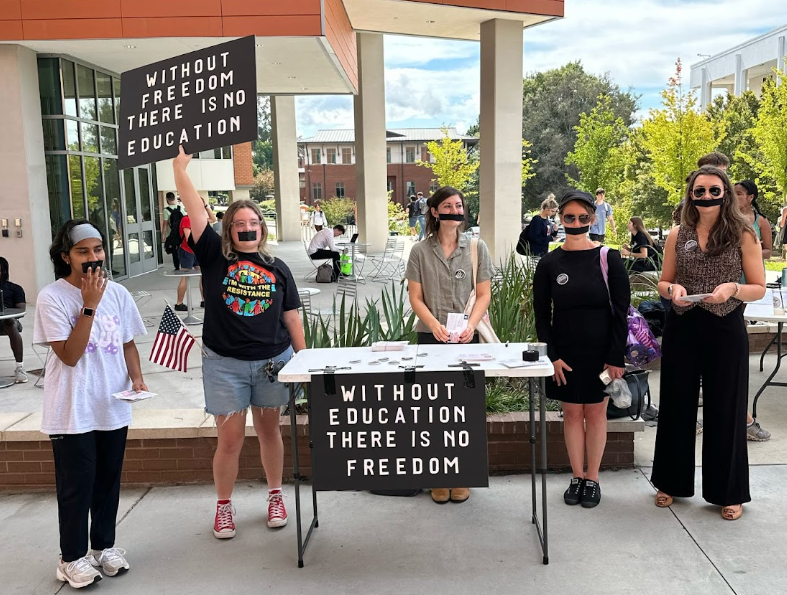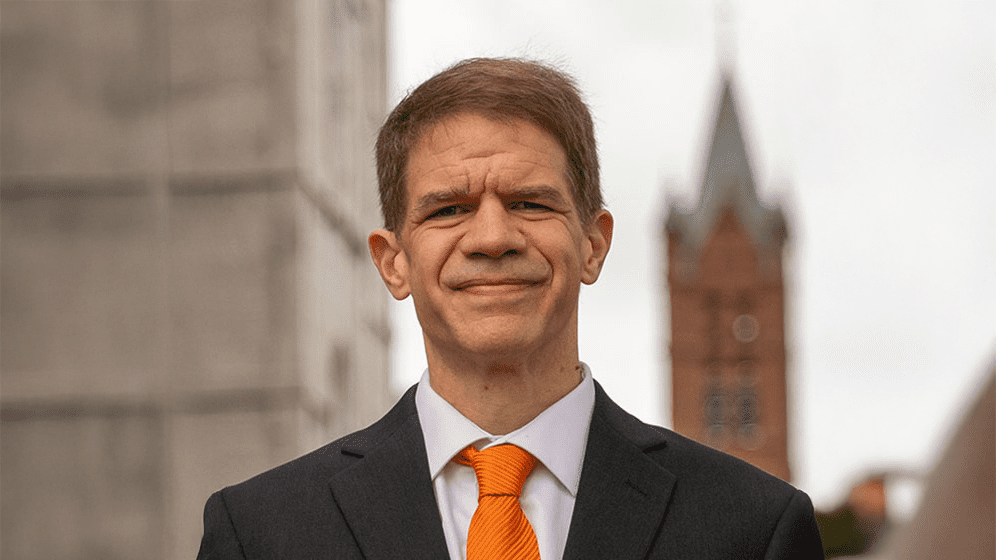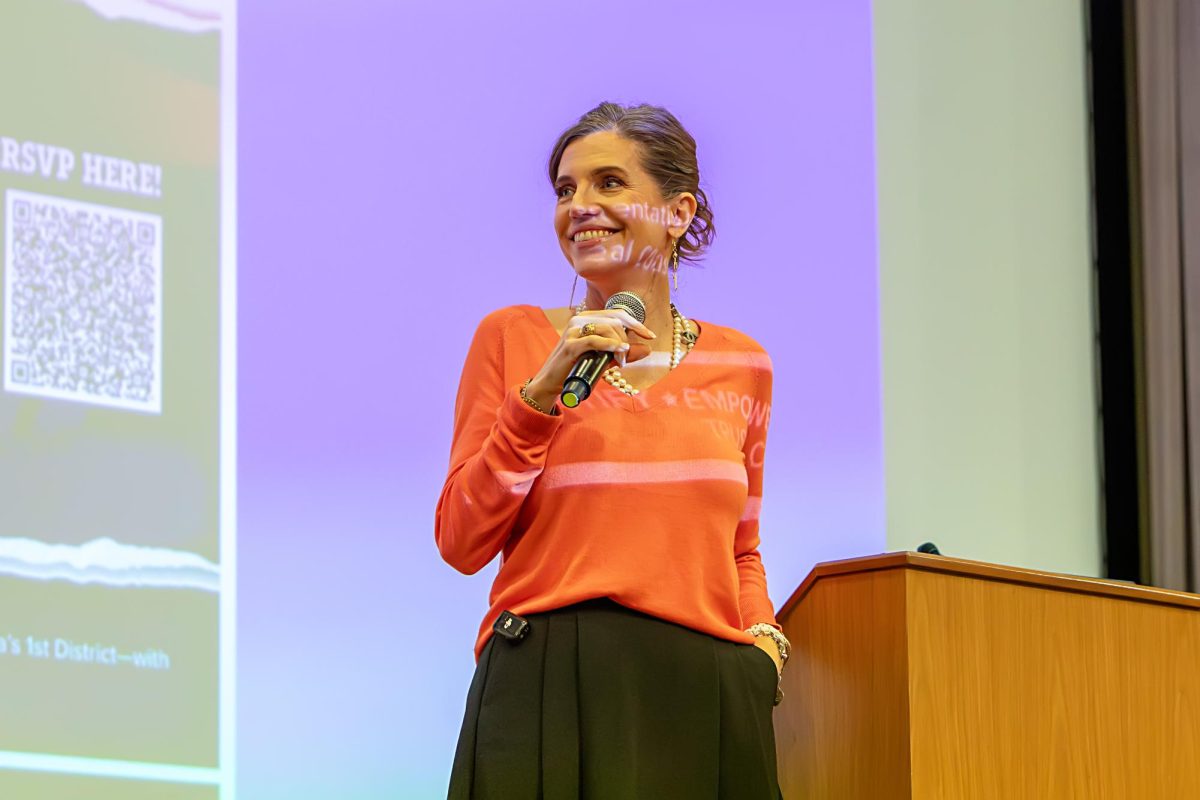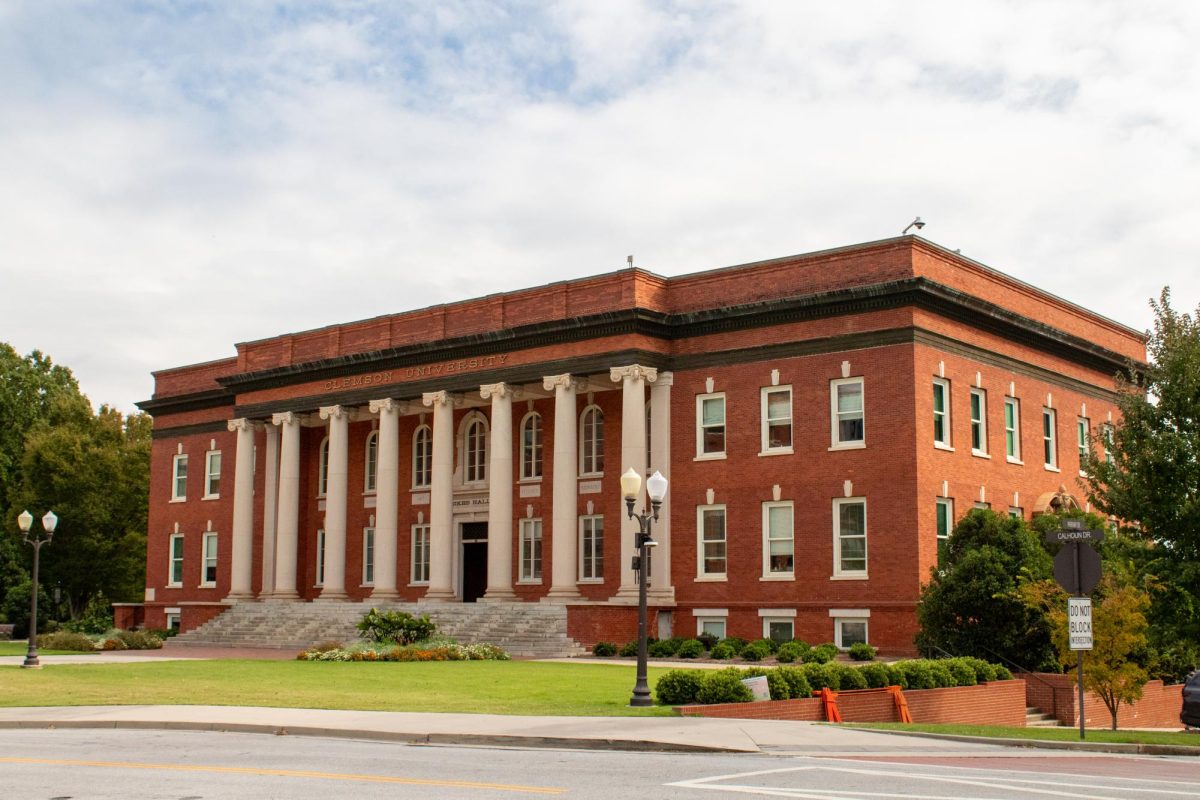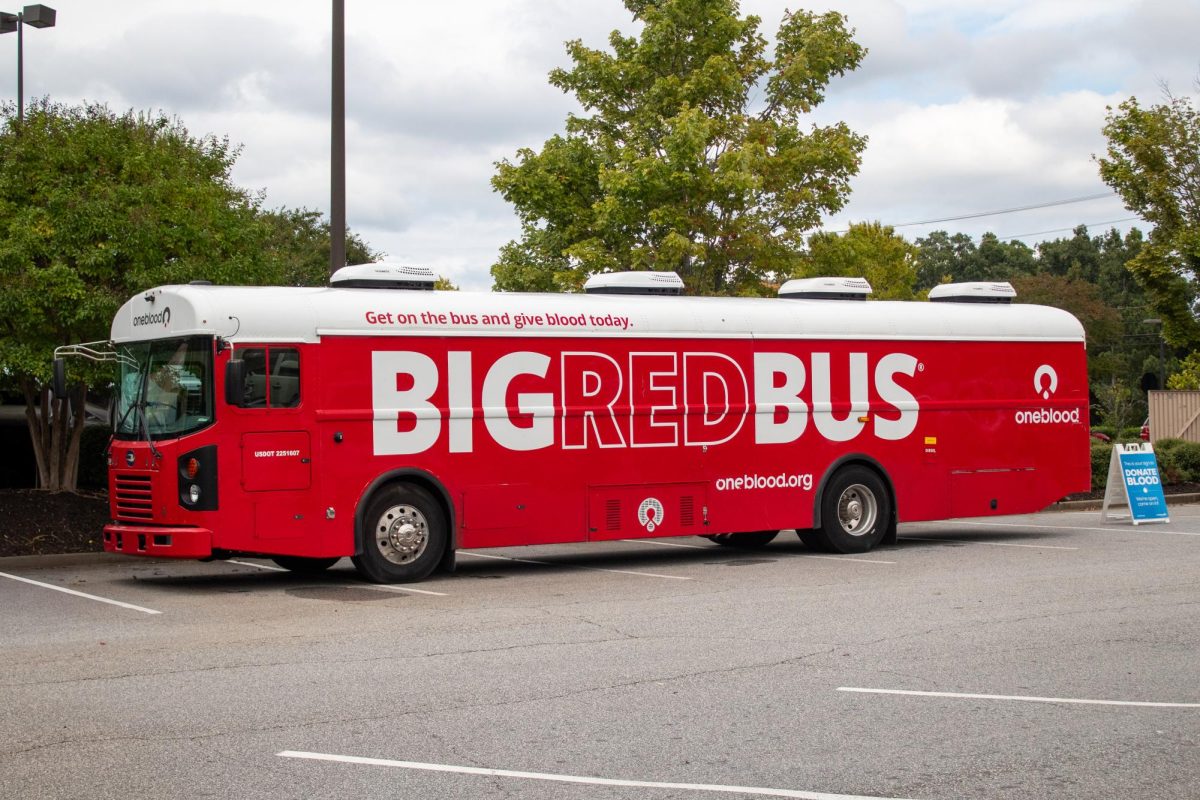Amidst the COVID-19 pandemic of the past few months, social media has served as a crucial way of keeping people connected and informed. As such, Clemson’s Social Media Listening Center (SMLC) has been hard at work navigating and analyzing the constant flux of information.
Established in 2012, the SMLC was one of the first of its kind at a university. Now, the center has proved valuable during this time of need, both in finding information as it arises and in informing others.
“It [the SMLC] allows for a level of situational awareness and engagement that really wasn’t possible 10 or 15 years ago,” Andrew Pyle, a communications professor at Clemson who works closely with the SLMC, said.
Such awareness is occasionally inhibited by “noise” on social media, which is brought about by troll or bot accounts. As such, the people working with the SMLC strive to be cognizant of the age and history of accounts that are posting about certain issues; this enables the SMLC to dismiss false alarms that might appear.
Once the SMLC staff filters through all the “noise,” they achieve a large cache of information regarding countless topics. The one topic that has been at the forefront of everyone’s mind for the past few months has also been well-researched by this staff.
“There’s so many different topics and themes that we’re seeing within the [COVID-19] data,” Will Henderson, the associate director of the SMLC, said. “All the way from safety equipment, to masks, to even the well-being of states and people, to governors orders. There’s a lot of conversation and also a lot of noise.”
The first thing the SMLC started monitoring when COVID-19 first became national news was flights returning to the U.S., particularly those carrying Clemson’s study abroad students. The SMLC noticed stories concerning a lack of screening and other safety measures at different locations, but as the number of COVID-19 cases in the U.S. climbed, the stories related drastically changed.
Even now, the stories showcasing COVID-19 continue to change.
“One week, we have students who are at risk because they rely on school systems for food, so what’s happening to help, and people messaging about that,” Pyle said. “And other weeks, we have posting about how Governor McMaster hadn’t closed the state, and people were coming from out-of-state to go to our beaches.”
Pyle also described the leap in information regarding reopen efforts that led to South Carolina reopening both its beaches and retail at the end of April. Though protests to reopen were arranged on a national scale, Pyle explained that all of the protests were organized by “a small handful of groups,” using money and gathering support to encourage reopening. Henderson reported that the SMLC was able to report such sentiments within 24 hours of them appearing on Twitter.
According to data gathered, the majority of South Carolina residents were against reopening the state so soon, though most of the data came from those who supported this. The amount of postings when South Carolinians were originally calling for a stay-at-home order was also massive, and Henderson explained the way in which pushing for a certain goal increases the amount of postings, but not necessarily the number of supporters.
“People will tweet what they want to push,” Henderson said. “Usually that audience is larger than the people that will defend it on Twitter or attack against it. So the people that are talking about reopening South Carolina, they’re on a campaign. They have a goal.”
Even with such debates happening over social media, the main topics concerning COVID-19 revolve around the hashtag #StayHome. Residents of South Carolina have used social media to stay in touch during the pandemic, but also to connect people with necessary medical supplies. Henderson has noticed a particular increase in communication and support online.
“We are seeing a huge cultural shift…a more caring community,” Henderson said. “To where people are involved in these social media communities and trying to fulfill the needs that other people have in their community.”
Especially when tornados and storms hit Upstate South Carolina in mid-April, more caring communities were visible.
“Since the tornado hit…we have seen at least 70 percent of the conversation…move towards tornado cleanup and families affected by the tornado,” Henderson said.
Henderson also spoke on how the Clemson community moved towards acceptance in the wake of the news that campus would be closed for the remainder of the spring semester. The steps taken by the university — the pass-fail options, the final exam exemptions and the refunds — were seen as being crucial in that acceptance, though mainly because they eliminated the unknown aspects of such a transition.
Now, as states begin to fully reopen and graduates say goodbye to Clemson, the SMLC continues to monitor data around COVID-19 and how it has affected the people around Clemson and South Carolina.
More information about the SMLC can be found at their website, and both undergraduate and graduate internships are available. Interested applicants can email [email protected] for more information.
The full interview, done in conjunction with Ryan Sweeney, Tigervision’s General Manager, can be viewed above.



